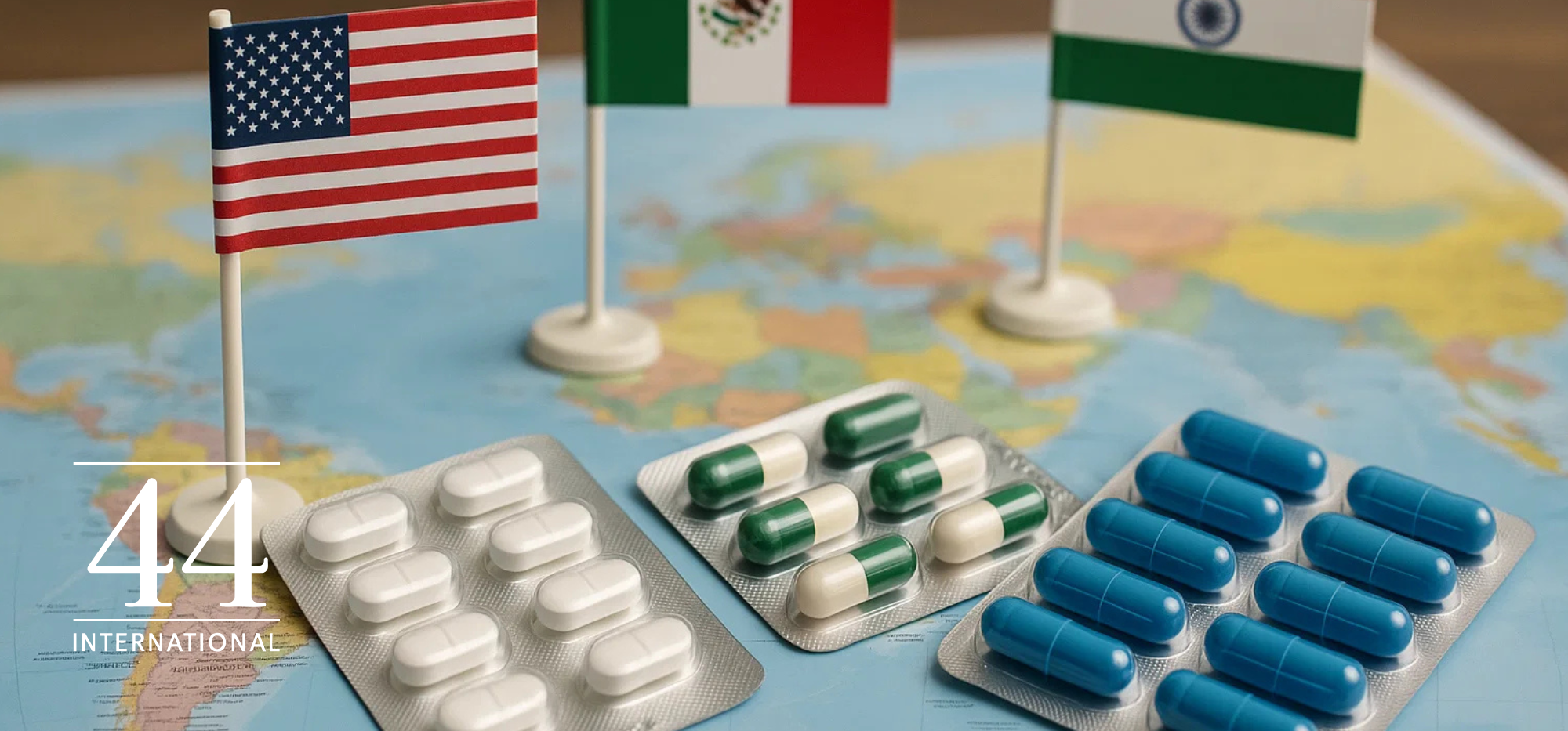July 15, 2025

Why supply chain proximity is becoming a competitive edge for CDMO partnerships
The pharmaceutical industry is undergoing a structural pivot—one that’s not just about efficiency or cost, but about control, resilience, and strategic alignment. While globalization has long defined pharma’s operational model, recent disruptions have accelerated a shift toward onshoring and friend-shoring—bringing manufacturing closer to home or within trusted political alliances.
This move is not speculative—it’s becoming institutional. At the center of this transformation is the BIOSECURE Act, a U.S. legislative proposal that is already influencing how drug sponsors evaluate risk, capacity, and supplier relationships.
COVID-19 exposed the fragility of globally dispersed supply chains. Delays in API shipments, lack of redundancy, and geopolitical tensions—particularly between the U.S. and China—have prompted both public and private stakeholders to reassess their sourcing strategies.
While the pharmaceutical industry once optimized for scale and cost, the new priority is resilient access. That means:
The BIOSECURE Act, proposed by U.S. lawmakers, aims to restrict federal contracts with companies that outsource sensitive biotech operations to entities deemed “foreign adversaries.” Though not yet enacted, the bill has had a chilling effect on partnerships with Chinese manufacturers—especially in sectors involving biologics, mRNA, or genomic data.
For CDMOs, this is a double-edged sword:
This presents an opportunity for mid-market CDMOs to scale selectively, focusing on capabilities that match sponsor needs for compliant, proximity-based manufacturing.
Unlike traditional reshoring, friend-shoring doesn’t always bring manufacturing back to the sponsor’s home country. Instead, it emphasizes relocating production to countries with shared political, regulatory, and economic frameworks—like Canada, Australia, and members of the EU.
These locations offer:
In many cases, friend-shoring achieves a balance: it mitigates risk while preserving cost-efficiency and operational excellence.
For contract manufacturers, the message is clear: location is becoming as important as capability.
Those who invest now in regional infrastructure, regulatory alignment, and operational transparency will be positioned as preferred partners in a world where geopolitical alignment is baked into the procurement process.
And for drug sponsors, building a de-risked, future-ready supply chain means partnering with CDMOs that offer more than just throughput—it requires strategic alignment, trust, and proximity.
Onshoring and friend-shoring are not temporary pivots. They represent a long-term evolution in how pharmaceutical companies define supply chain value.
In a world shaped by legislative pressure and market volatility, the smartest CDMOs will be the ones that aren’t just faster or cheaper—but closer, trusted, and built for what comes next.